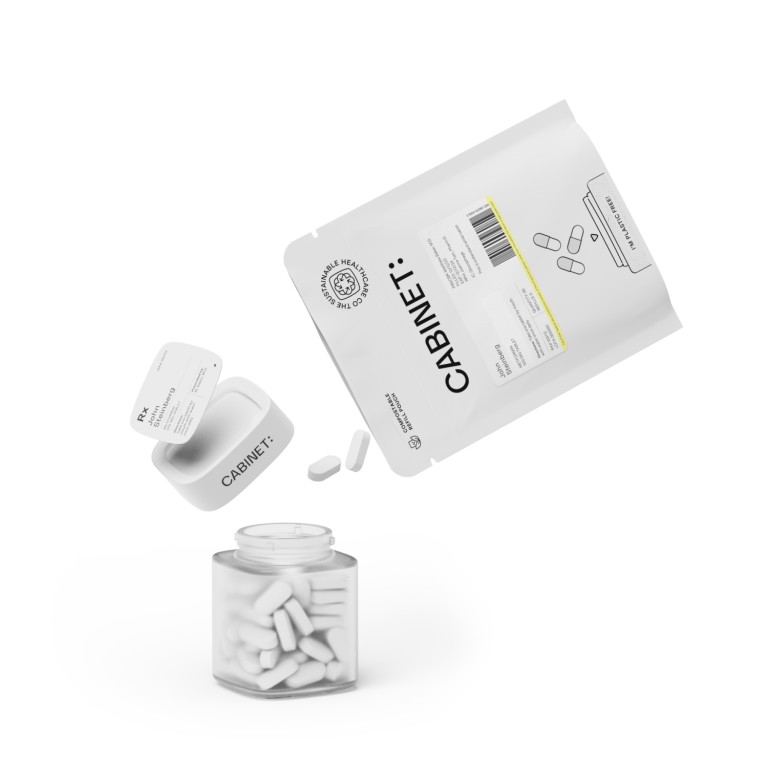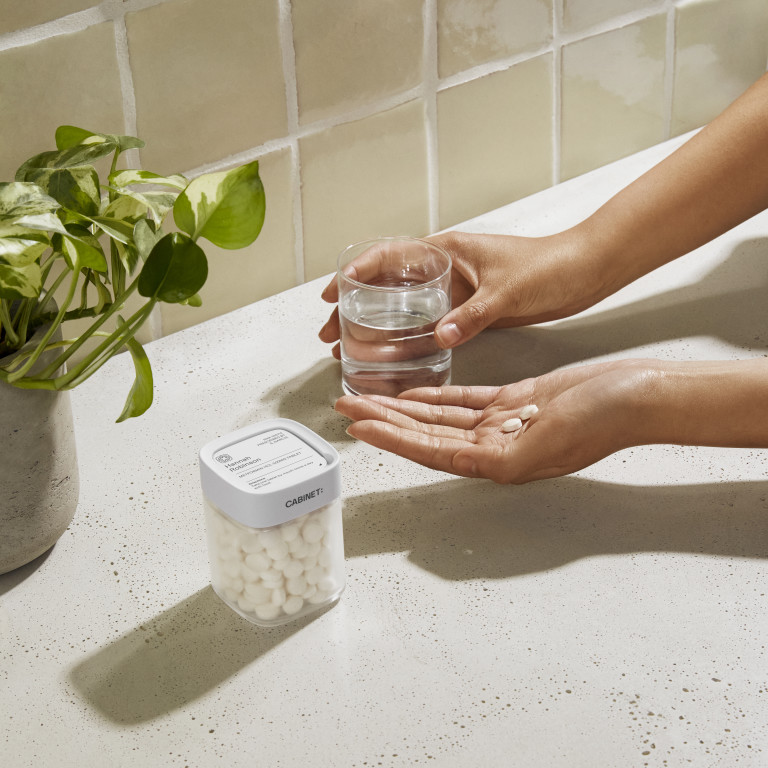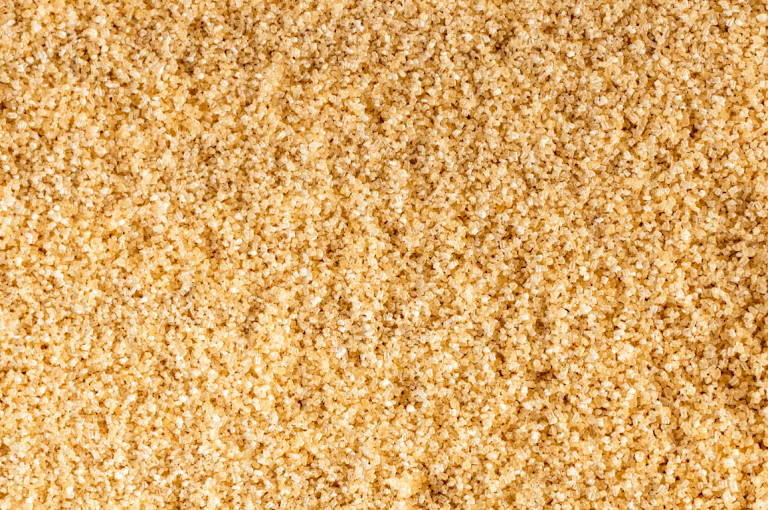These alternatives include:
1. Glass medicine bottles
Glass is a sustainable and reusable material that can be used to package medications. It's also non-porous, which means it doesn't leach chemicals into the contents of the bottle. Glass medicine bottles can be recycled indefinitely, making them a more environmentally-friendly option compared to plastic.
One potential drawback of glass medicine bottles is that they can be heavier and more fragile than plastic bottles, which can make them less convenient to carry around. Some companies may conduct shatter-testing (among other tests) on their packaging.
2. Aluminum medicine bottles
Aluminum is another sustainable and reusable material that can be used to package medications. It's lightweight, durable, and can be easily recycled. Aluminum medicine bottles are also non-porous and don't leach chemicals into the contents of the bottle.
One potential drawback of aluminum medicine bottles is that they may be more expensive to produce than plastic bottles. However, the long-term cost savings from being able to recycle the bottles may offset this initial cost.
3. Cardboard medicine bottles
Cardboard is a renewable and biodegradable material that can be used to package medications. It's also lightweight, making it convenient to carry around. Cardboard medicine bottles can be recycled, but they may not be as durable as glass or aluminum bottles and may not be suitable for all types of medications.
4. Medicine pouches
Instead of using a traditional bottle, some medications can be packaged in a pouch or blister pack. These pouches are made of foil or paper and can be recycled or composted. Medicine pouches are a convenient and lightweight option, but they may not be suitable for all types of medications and may not provide as much protection from light or moisture as a traditional bottle.
5. Refillable medicine container
Instead of using a new container each time you need to refill a prescription, consider using a refillable medicine container. These containers can be made of glass, aluminum, or plastic and can be used over and over again, reducing the need for single-use packaging.
In addition to choosing more environmentally-friendly packaging options for your medications, there are also steps you can take to reduce the overall amount of plastic waste associated with your prescriptions. Here are a few tips:
Do a quick search for environmentally-friendly packaging options for your medications.
Consider using a mail-order pharmacy or home delivery service that offers alternative packaging.
Recycle your medicine bottles and packaging whenever possible.
If you're taking a medication chronically, ask your doctor for a 90-day supply instead of a 30-day supply to reduce the overall number of containers you need to pick up from the pharmacy.
Consider getting your prescriptions filled with Cabinet Health. Your first order comes with a personalized bottle and refills are sent directly to your door in compostable pouches.
By choosing environmentally-friendly packaging options and taking steps to reduce plastic waste, you can help protect the environment and reduce your own personal contribution to plastic pollution.







